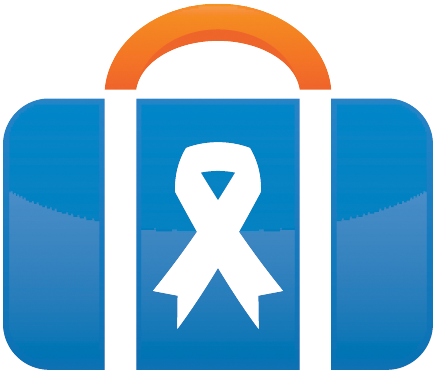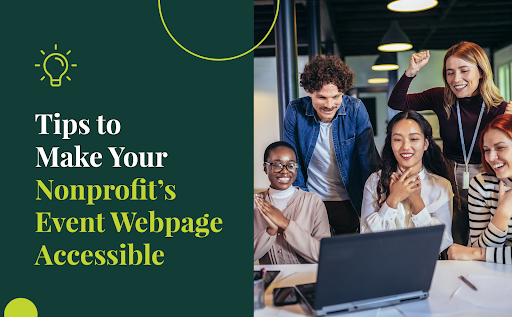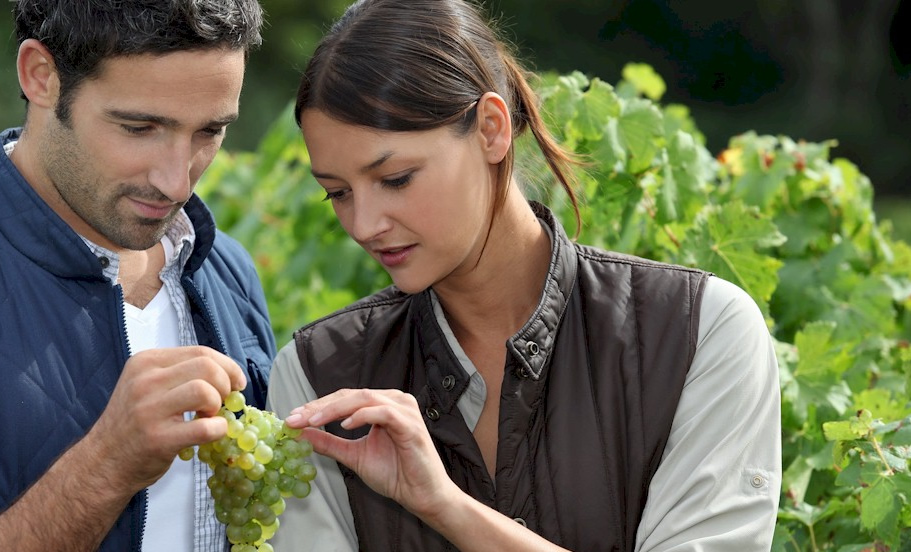Accessibility isn’t just a nice-to-have quality for your nonprofit’s event webpages—it may be a legal requirement. According to Getting Attention’s guide to 501(c)(3) website requirements, “Sections 504 and 508 of the Rehabilitation Act of 1973 require federal agencies and organizations that receive federal funding to make their programs and activities, including their websites, accessible to people with disabilities.”
Therefore, along with improving the accessibility of physical event aspects like parking, attendee engagement activities, and audio/visual elements, it’s equally important to make your digital event materials accessible. This guide recaps five key tips for creating an accessible event webpage:
- Simplify the page.
- Follow accessibility guidelines closely.
- Prioritize form accessibility.
- Test the page.
- Gather feedback.
The best nonprofit websites out there offer a robust, accessible experience on every page, from their online donation forms to their event landing pages. The creators of these websites understand that accessibility and user experience go hand in hand, offering a better browsing experience for all users. With that in mind, let’s break down each tip!
1. Simplify the page.
Simplicity is key when it comes to design. Excessive complexity leads to confusion, frustration, and ultimately a lower level of accessibility.
Simplicity is especially essential on your website’s conversion pages. These include your online donation form, volunteer registration page, and of course, your event sign-up webpage. The simpler these forms are, the more likely your supporters are to fill them out completely.
Improve your event webpage’s user experience by streamlining the page as much as possible, ensuring that you:
- Include a brief description of the event’s purpose.
- Clearly display logistics like the event’s date, time, and location.
- Organize the page in a logical, hierarchical order, with the most important information available first.
- Brand the page to match your other website pages for visual consistency.
Simplicity also leads to a better mobile experience. The smaller size of phone screens means that pages with a simple design and clear text and images are easier for mobile users to read.
Improve mobile usability by making your text size and buttons large enough to facilitate easy reading on desktops and smartphones. This allows visitors to avoid having to zoom in or squint to read your content.
2. Follow accessibility guidelines closely.
When it comes to designing accessible webpages, there’s one holy grail of regulations to keep in mind: the Web Content Accessibility Guidelines (WCAG). The WCAG is a set of documents developed by organizations from around the world that offer a unified resource for creating accessible web content.
The guidelines are organized around four main principles that establish the foundation for web accessibility. The WCAG states that your website should be:
- Perceivable: Everyone should be able to perceive the information available on your website.
- Operable: Visitors should be able to navigate and use each element of the website.
- Understandable: Users shouldn’t just be able to perceive your web content, but also understand it fully (meaning there’s no excessive jargon, idioms, or other hard-to-understand text).
- Robust: Your content should be robust enough that a variety of assistive devices can decipher it, such as screen readers or voice assistants.
The guidelines include specific instructions to help you meet the four principles. Let’s review a few relevant policies to keep in mind as you design your event webpage. The page should include:
- Alt text for images
- Captions and audio descriptions for videos
- Sufficient color contrast to make the text more readable
- Resizable text up to 200 percent
- Keyboard accessibility
- The ability to pause, stop, or hide moving information, such as auto-playing videos
- Plain language that avoids the use of idioms or jargon
If you’re ever in doubt when optimizing your webpages for accessibility, you can always return to the WCAG for ongoing guidance. WCAG is categorized into three conformance levels, with AAA representing the highest level of accessibility and A representing the lowest level. Even if your event webpage isn’t at the AAA level yet, you can continue making incremental improvements to eventually reach the highest level of accessibility.
Kanopi’s WordPress for Nonprofits guide also recommends staying up to date with the most recent accessibility guidelines, advising that “Accessibility best practices continually evolve as new assistive technologies are released.” Follow the WCAG blog for information on new accessibility best practices.
3. Prioritize form accessibility.
As you design your webpage, pay special attention to the accessibility of your event sign-up form. This form lets you accurately track how many people plan to attend your event and gather relevant information about their participation.
An inaccessible form excludes certain audience members from signing up for your event and showing their support for your mission. Needless to say, that’s not an effective way to recruit long-term supporters!
Ensure your sign-up form is accessible by:
- Including descriptive text labels outside of each information field that tell users exactly what information to enter
- Offering clear instructions for filling out the page
- Avoiding the use of time limits
- Providing sufficient color contrast for buttons and form fields
Make your forms inclusive as well as accessible. Avoid character limits and other restrictions for last names; many people have last names that are just two characters, while some last names can have 20+ characters or are hyphenated. And if you need to collect pronouns or ask for gender information, offer more options than those that pertain simply to male/female. If you can, also provide an option to opt out of sharing gender information.
4. Test the page.
After making a few adjustments based on these tips, you might feel like your event webpage is fully accessible, but how can you know for sure? Try running some accessibility tests!
You and other team members should continually test and assess your page for various accessibility elements to ensure that everything is functioning properly. To run thorough tests, you should:
- Use an accessibility tool. Tools like Lighthouse allow you to run an accessibility report and identify initial issues. This is a great way to gain a broad overview of the elements that are working and those that need improvement for greater accessibility.
- Manually test your site for accessibility. Using an accessibility checker tool is a great start, but you shouldn’t stop there. Manual accessibility testing allows you to catch issues that automated tools might miss, and you can more closely replicate your users’ actual experience. Try zooming in to 200% and navigating your site that way, browsing with your keyboard (using the tab key), or testing your site using assistive technologies.
- Recruit real users to help test your webpage. Your nonprofit’s marketing team members may not have a lot of experience using assistive technology or running manual accessibility tests. In that case, it can be helpful to reach out to community members with disabilities to ask them to help test your webpage. Fairly compensate any participants for their time and insights—they’re offering a unique skill and should be reimbursed for it.
If you want more guidance after running these tests, consider partnering with a web design agency to conduct a full technology assessment. A web design professional can assess the current state of your website to ensure you’re making the most of your technology and make recommendations to keep your pages updated and accessible. They can also recommend other digital engagement tips to make your website as interactive and compelling as possible for your audience.
5. Gather feedback.
Check in with your nonprofit’s audience regularly to assess how effectively your event webpage is meeting their needs. Collect user input by taking the following steps:
- Add a link to a form where users can submit feedback about your event webpage.
- Send an email to supporters who registered for your event online asking for feedback.
- Track engagement metrics such as time on page, bounce rate, and conversion rate.
Thank users who complete your feedback form or respond to your emails by sending them a small token of appreciation, such as a free sticker or water bottle. Let them know what steps you’ll be taking to implement their suggestions. This might include incorporating ongoing accessibility updates into your regular website maintenance processes. For example, if your website is built on WordPress, you can conduct accessibility refreshes when you update other website elements, like your theme and plugins.
By continually enhancing your event webpage over time, you can grow engagement with your registration form and maximize event attendance.
As a nonprofit marketing professional or event planner, you know the key to hosting a successful event is driving registrations to help meet your fundraising or engagement goals. With a fully accessible event webpage, you’ll ensure you’re doing everything you can to make your event information available to all supporters.
Remember: accessibility is a journey, and best practices evolve consistently as new technologies and techniques arise. By adopting a continuous improvement approach, you can adapt to these innovations effectively.




